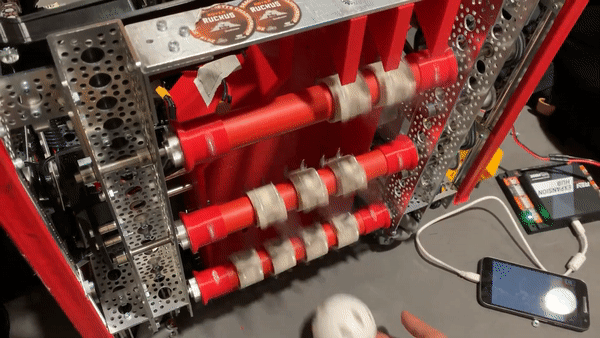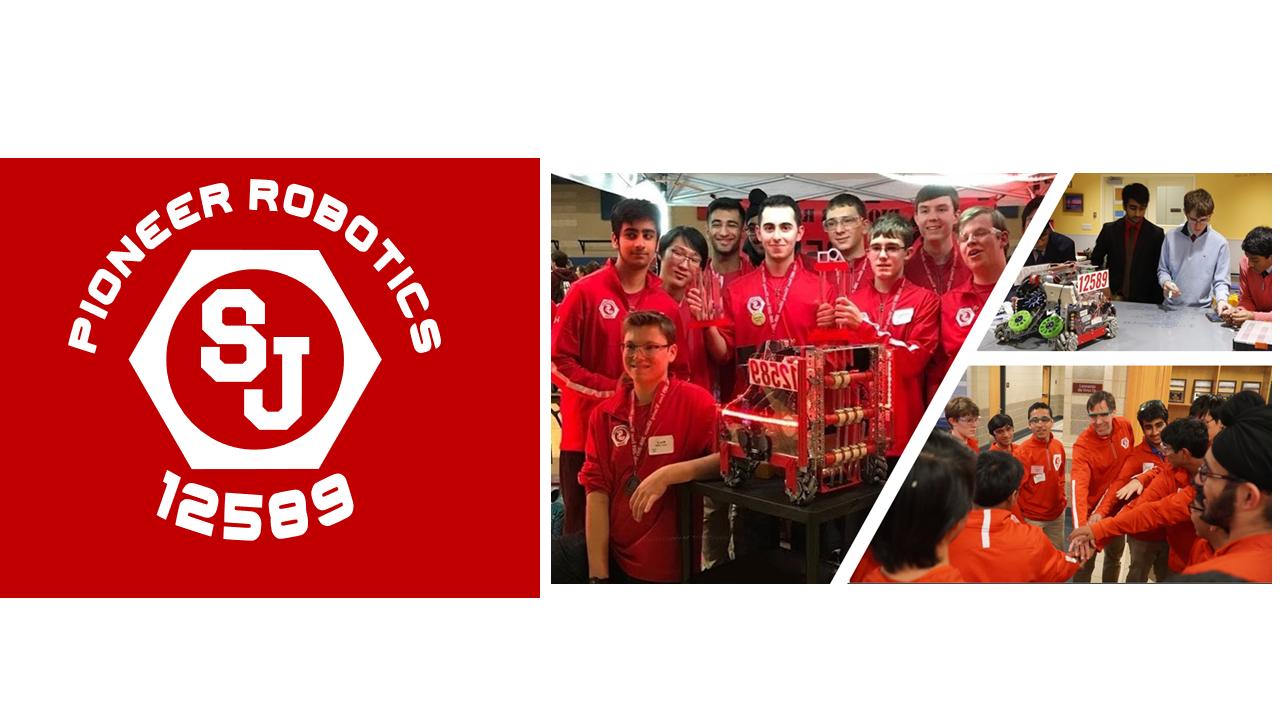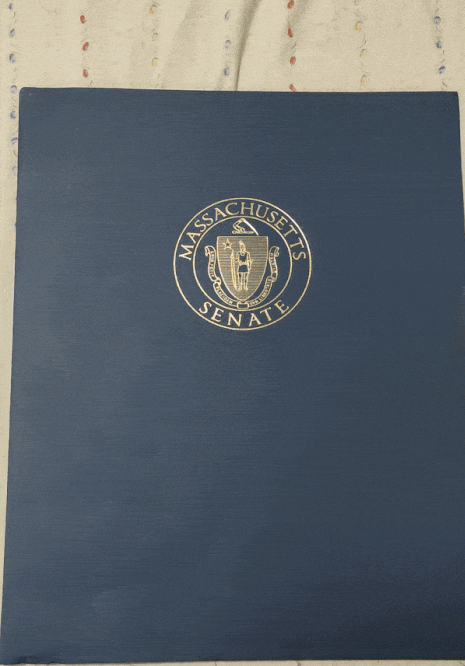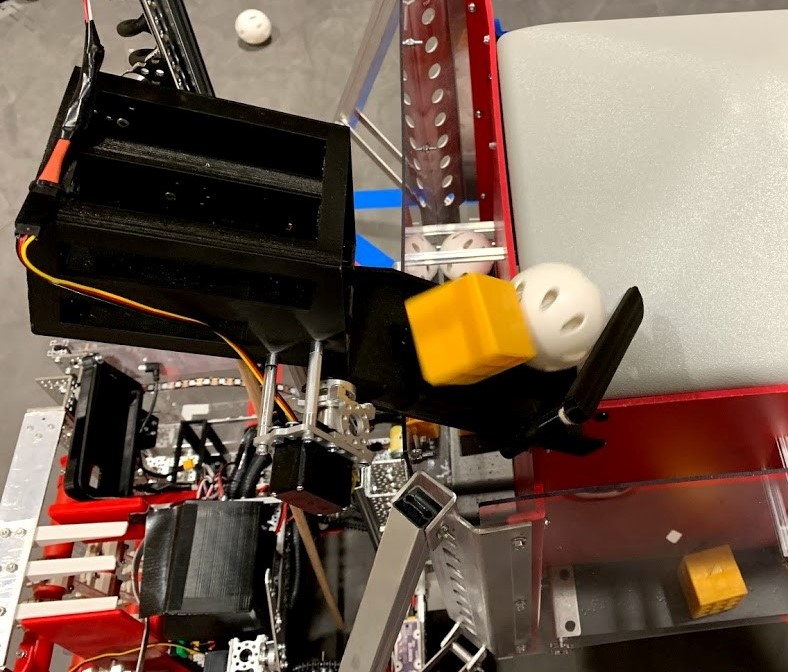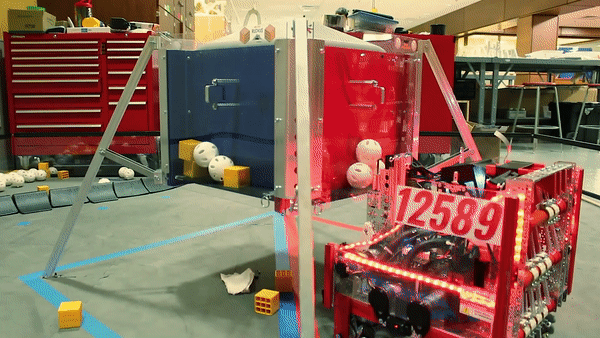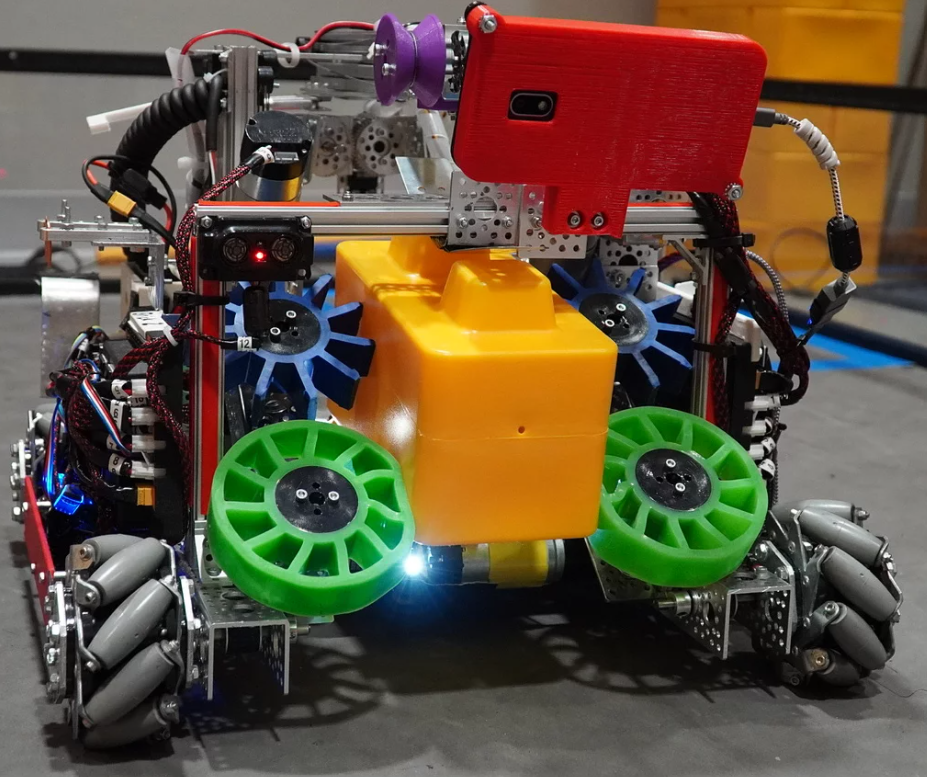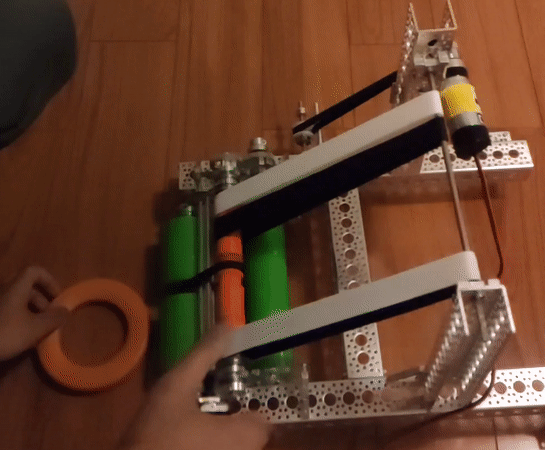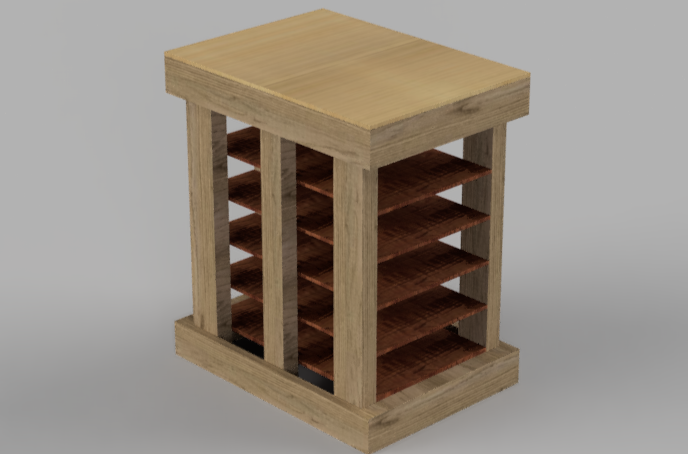Pioneer Robotics was founded in 2017 to give students a chance to further their skills in engineering, programming, design, and thinking is to provide members with the opportunity to learn many aspects of robot design, construction, programming, and competition experience from mentors and experienced FTC members. It seeks to instill FIRST’s ideal of gracious professionalism, which encourages best engineering practice through collaborative competition, serving the community through outreach activities and inspiring younger students to get excited about STEM fields.
When I first joined Pioneer Robotics in 2018, I used my previous experience with Arduino and FLL robotics to help design, then build the robot. I spent time learning how to use the various pieces of equipment in the lab.
